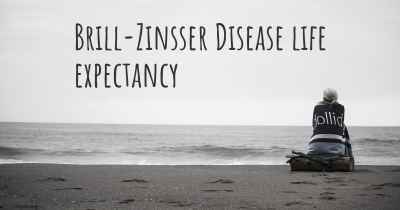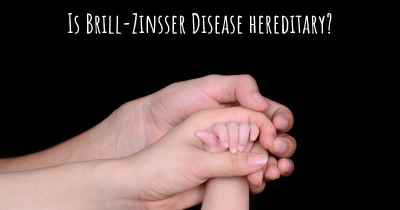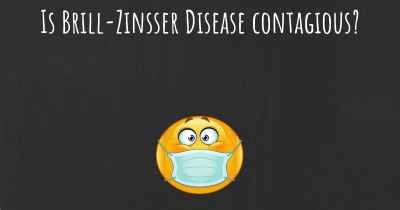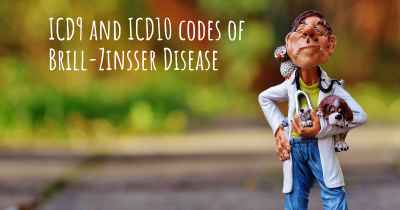How is Brill-Zinsser Disease diagnosed?
See how Brill-Zinsser Disease is diagnosed. Which specialists are essential to meet, what tests are needed and other useful information for the diagnosis of Brill-Zinsser Disease
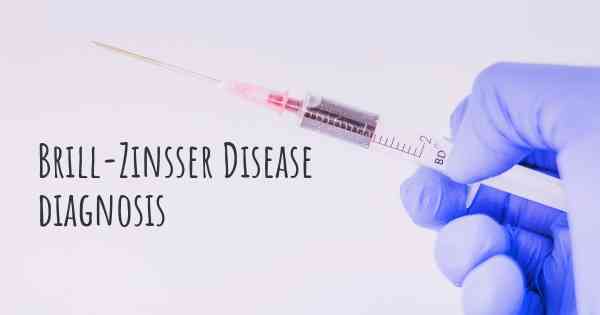
Brill-Zinsser Disease is a recurrent form of epidemic typhus that can occur years or even decades after the initial infection. Diagnosing this disease requires a combination of clinical evaluation, laboratory tests, and a thorough medical history.
Medical History: The first step in diagnosing Brill-Zinsser Disease is to gather a detailed medical history from the patient. This includes information about any previous episodes of typhus or exposure to lice, which are the primary vectors for the disease.
Clinical Evaluation: A physical examination is conducted to assess the patient's symptoms and look for characteristic signs of Brill-Zinsser Disease. These may include fever, rash, headache, muscle pain, and enlarged lymph nodes.
Laboratory Tests: Several laboratory tests are used to confirm the diagnosis of Brill-Zinsser Disease:
- Serology: Blood samples are taken to detect the presence of specific antibodies against the causative agent, Rickettsia prowazekii. Enzyme-linked immunosorbent assay (ELISA) and indirect immunofluorescence assays are commonly used for serological testing.
- PCR: Polymerase chain reaction (PCR) tests can be performed on blood samples to detect the genetic material of Rickettsia prowazekii. This method is highly sensitive and specific.
- Immunohistochemistry: In some cases, skin biopsy samples may be taken to examine the presence of Rickettsia prowazekii antigens using immunohistochemical staining.
Differential Diagnosis: Brill-Zinsser Disease shares symptoms with other infectious diseases, such as typhoid fever, dengue fever, and malaria. Therefore, it is crucial to differentiate Brill-Zinsser Disease from these conditions through careful evaluation of clinical symptoms and laboratory results.
Treatment: Once diagnosed, Brill-Zinsser Disease is typically treated with antibiotics, such as doxycycline or chloramphenicol, to eliminate the Rickettsia prowazekii bacteria. Prompt treatment is essential to prevent complications and reduce the severity of symptoms.
